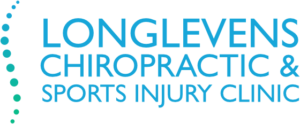Back Pain
Discover Gloucester’s Chiropractic Care Haven – Where Expert Back Pain Relief Meets Compassionate Care. Visit Us Today!
Contact Information
To book an appointment call us on 01452 309372, use our contact form or email info@longlevenschiro.com
We endeavour to reply to all enquiries on the same day within clinic hours.
What we treat
© Copyright – Longlevens Chiropractic & Sports Injury Clinic – Chiropractor in Gloucester – website by mediadog






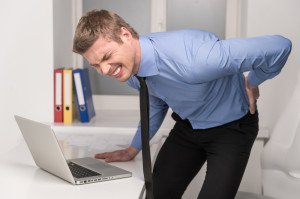
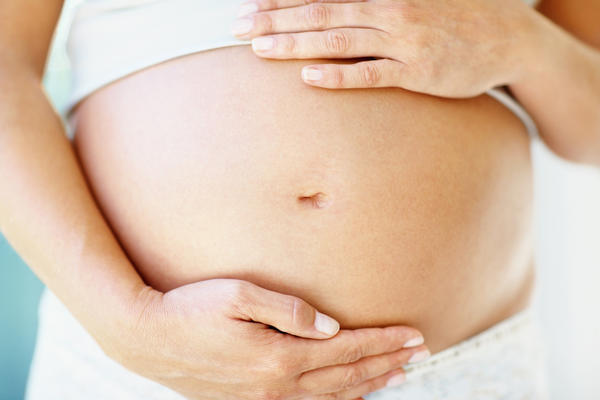 2 out of every 3 pregnant women will suffer lower back and pelvis pain by their 36th week of pregnancy.
2 out of every 3 pregnant women will suffer lower back and pelvis pain by their 36th week of pregnancy.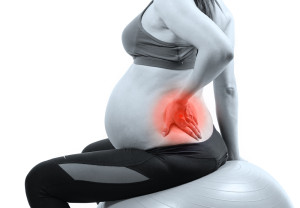
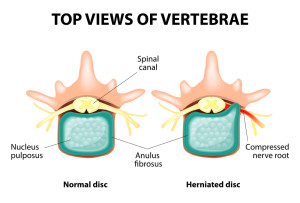 Disc injuries are simple to explain but difficult to recover from if left too long before treatment is sought. The disc in a spine is a large circular ‘lump’ of cartilage (known as the Annulus Fibrosus) with a shock absorbing ‘core’ (known as the Nucleus Pulposus). It sits in between each of the vertebrae and the disc is actually a little bit like a doughnut with a jam core and is designed to be good at shock absorption. However, if you put too much pressure through the disc and squash it beyond its limits, the disc core can push through and herniate into the weakest area of the disc towards the outer edge causing a bulge. A ‘bulging’ disc can be very painful and is often aggravated by prolonged sitting, lifting and long drives.
Disc injuries are simple to explain but difficult to recover from if left too long before treatment is sought. The disc in a spine is a large circular ‘lump’ of cartilage (known as the Annulus Fibrosus) with a shock absorbing ‘core’ (known as the Nucleus Pulposus). It sits in between each of the vertebrae and the disc is actually a little bit like a doughnut with a jam core and is designed to be good at shock absorption. However, if you put too much pressure through the disc and squash it beyond its limits, the disc core can push through and herniate into the weakest area of the disc towards the outer edge causing a bulge. A ‘bulging’ disc can be very painful and is often aggravated by prolonged sitting, lifting and long drives.


